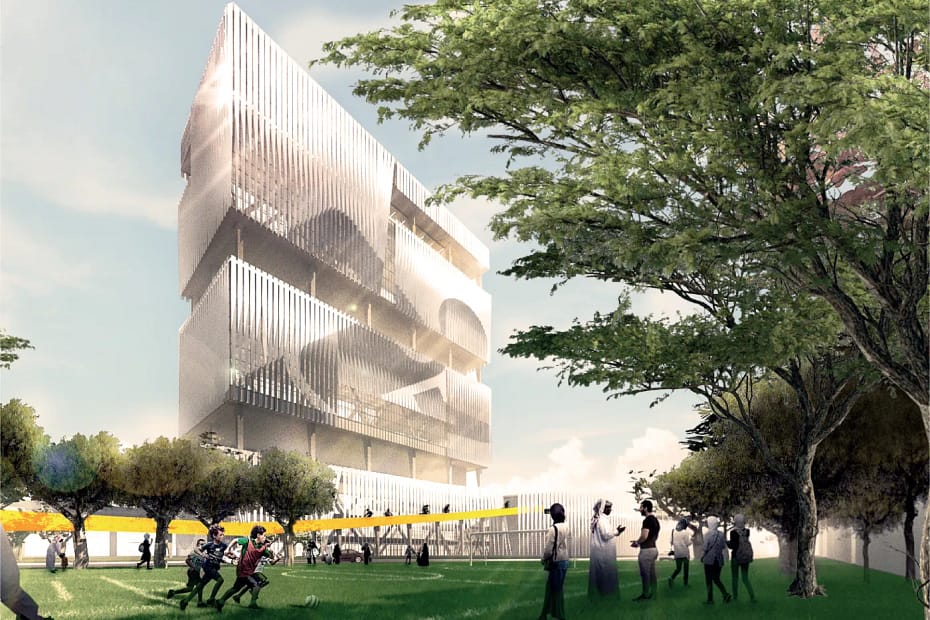Urban green spaces provide residents with the opportunity to connect with nature, as green spaces are a reflection in urban spaces of the natural areas surrounding cities.
In this context, the successful design of urban parks requires a full understanding of technical analysis tools coupled with sufficient experience in the fields of environmental, urban, social and architectural planning.
Although ancient cities were fully integrated with their surrounding rural areas,
the transition from rural life to urban civilization became inevitable, resulting in social and environmental impacts and the creation of urban-rural conflict.
The importance of cities has increased dramatically over the centuries,
and by the end of the 1700s, urban green areas began to be highly appreciated for their contribution to the quality of life in cities.

“Public gardens” began to flourish, drawing a vision that ornamental plants were considered an element of public health in addition to their strong contribution to aesthetic and recreational functions.
Today’s urban green spaces certainly contribute to urban sustainability and improve the local climate thanks to vegetation.
It is widely recognized that biodiversity in green areas is maintained in balance through green structural integration initiatives with what is built, while rapid urbanization is constantly changing urban ecosystems.

Different types of urban green spaces
Public open spaces are usually classified into a hierarchy of neighborhood open spaces, districts and regional open spaces.
The main types of green areas found in urban and suburban contexts will be described below.
Historical gardens
They are generally old green areas that have witnessed different historical periods
and are culturally linked to the development of the city.
For these reasons, historic parks play a unique role in the urban environment.
One of the main goals of managing these parks is to preserve their original genetic material while at the same time preserving it from a deteriorating state.
The occasional presence of existing trees also requires careful assessments of the phytosanitary
and stability conditions of the existing specimen, to ensure the safety of users and the integrity of the park.
It is also common to find items of architectural and artistic furniture, such as statues, fountains, benches and small buildings, as well as artefacts of historical importance.
Green spaces in the neighborhood
Neighborhood green spaces are found in different urban areas
and are mainly used by local residents for leisure, entertainment and social gathering purposes.
Given the modest expansion of these green spaces, the design criteria should be simple:
trees, shrubs and greenery should be located in a way that alternates between shaded and sunny spaces;
Paved and equipped areas must also be provided for playing and seating areas.
Urban parks
These are fairly large areas of open green space located in urban or suburban contexts that play an important recreational, ecological and cultural function, contributing to an improved quality of life.
Urban parks can serve different needs and functions (rest, play, sporting activities,
facilities, cultural and leisure centres) and, in general, are designed using local species,
with significant use of grasses and species of shrubs and trees adapted to that area.
In peri-urban areas, parks can also play a role in integrating and replacing the agricultural system,
If properly managed, they can make important contributions to urban climate mitigation (reducing the “heat island” effect).

Public and private green spaces
The private home garden and public green spaces are an integral part of the residential environment.
The consequences of urban sprawl raise a series of problems related to new urbanization,
such as the construction of high-density buildings, while increasing the demand for more quality residential areas.
In response to these environmental risks and urban density,
there is an increasing need to innovate healthy and sustainable designs planned for urban environments. Therefore, green areas must fit in, and residential interventions must provide appropriate furniture.
More on INJ Architects:


Comments are closed.